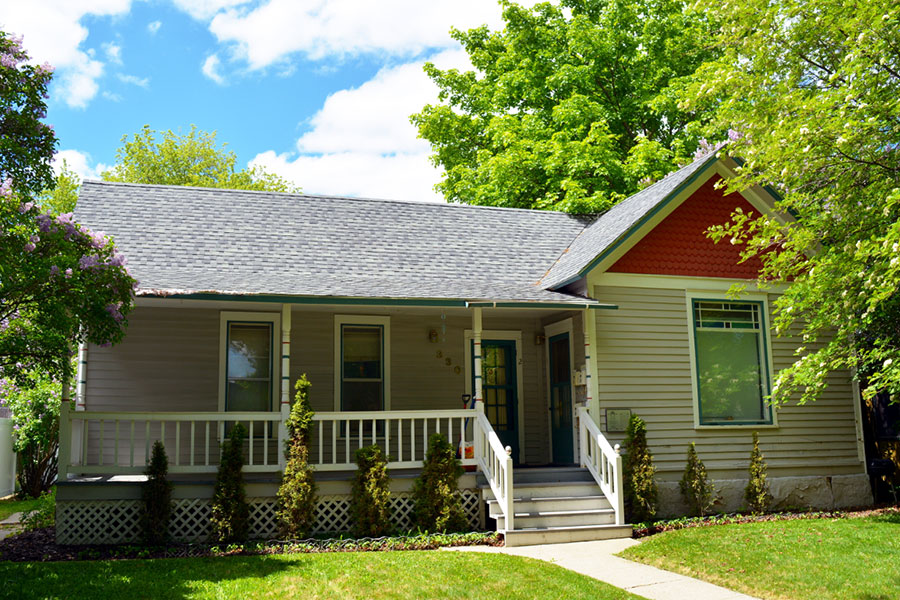The year 1891 was a decisive one in the history of the Flathead Valley. It was when the Great Northern Railway overlooked the established towns of Ashley, Columbia Falls and Demersville and chose a patch of prairie grass for its railroad headquarters west of the Rockies — the place we know today as Kalispell.
This was a time during the “era of eras.” It was the American Gilded Age, the Gay Nineties, or the Progressive Era, depending upon who you ask.
Looking at it from different angles, 1891 was the year a queen ruled the Kingdom of Hawaii, electricity was transmitted long-distance for the first time and Charles H. Foot left Minnesota for Montana.
Like many progressive-minded, prosperity-seeking folks, Foot heeded the call of the West. Leaving his wife Theresa behind, Charles headed for the Flathead Valley, a place of promise and opportunity only a new railroad town of the West could offer.
Upon arrival, Charles spared no time in setting up the first law practice at Kalispell. And wasted little time in choosing this lot at 330 Fifth Ave. E. in the newly platted town to build this home. Theresa reunited with her husband Charles in 1892. They both took the train to reach Montana, and seemed to have taken a bit more from the railroad with them: that is, the idea of “post and wing” architecture found which was popular in many railroad towns along the way.
Much like the name of the era, “post and wing” style homes are also described in different terms, including “Gable Front and Wing,” “Temple and Wing,” or “Upright and Wing” – all references to a style of house with a gable at one end with a wing adjoining to its side. Indeed, there are several fine examples of “post and wing” style homes in Kalispell and the Flathead Valley – and many are some of the earliest to have been built.
While post and wing style is often considered a folk or American Vernacular style. But that’s not to say that features of other architectural styles are absent.
For example, the Foot/Templeton House, with its plebeian proliferation, has many elements squarely rooted in Victorian-era styles. The clapboard siding offset with “fish-scale” siding at the front gable is perhaps an obvious Queen-Anne hallmark. The porch itself, and the porch posts with fanciful scrollwork are another. Perhaps a bit less obvious is the significance of the two entrances at the front. Quite aligned with Victorian ideals, one door permitted more “private” access to the living quarters, while another permitted a more “public” entrance for the entertainment of guests in the parlor. Much like many aspects of life in the “era of eras,” things private and public were kept separate, yet somehow shared.
And a bit like the uncertain times and comings and goings of life in early Kalispell, the house changed hands more than a few times. In 1924, Payne and Gladys Templeton took ownership of the home, and lent their names to it. And their name was quite known throughout Kalispell and the Flathead, as Payne was principal of Flathead County High School.
The Templetons lived in the home until 1936. And it where Gladys sang the “Sweetest Story Ever Told” and likely practiced other songs she performed at local society events. This is also where Payne likely debated school matters, but the course of his political ambitions as well.
So much like subtle architectural elements, sometimes it’s hard to see and hear what makes a house a home. And at the least, the Foot/Templeton House reminds us that rich history often comes in humble forms.
Jaix Chaix is a columnist and author of Flathead Valley Landmarks and other local history books that are available for sale at the Flathead Beacon at 17 Main St. in Kalispell.
